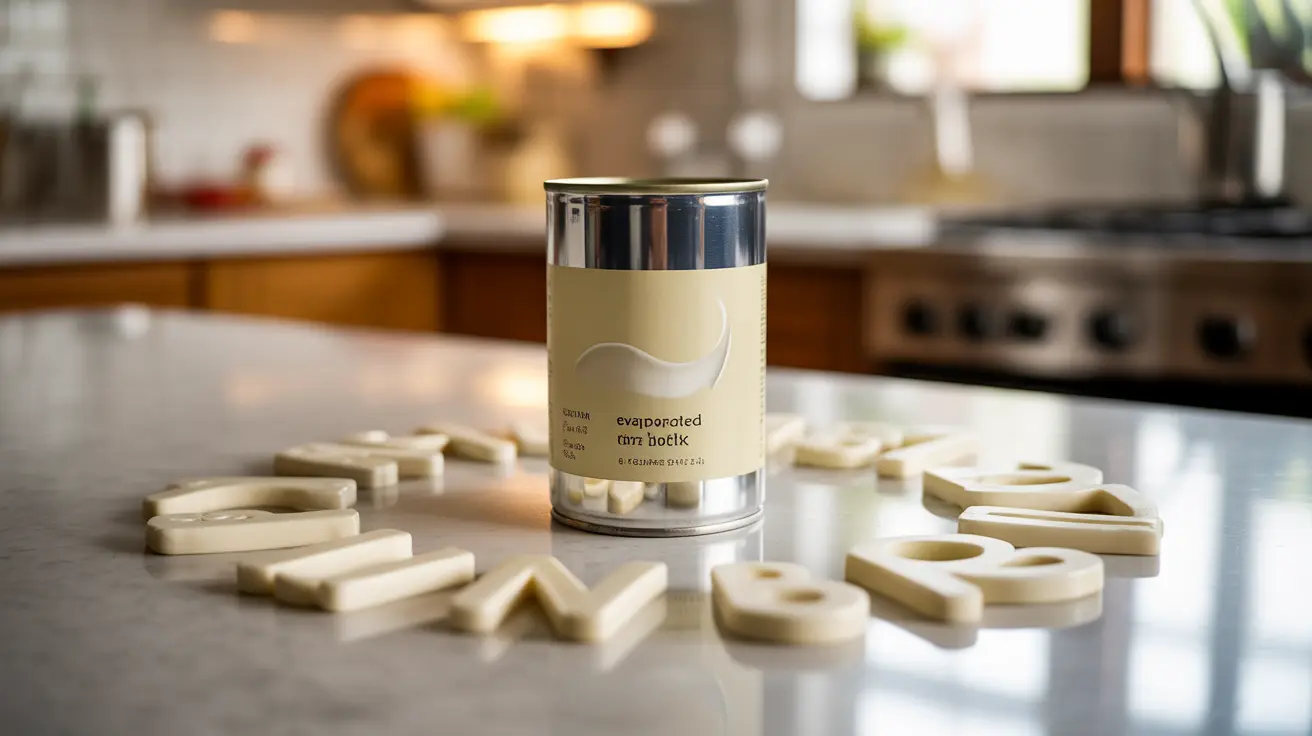Dealing with acne can be frustrating enough, but the lingering redness that accompanies breakouts often adds another layer of concern. Understanding how to reduce redness from acne effectively can help you manage both active breakouts and their aftermath with confidence.
This comprehensive guide explores proven methods to calm inflammation, soothe irritated skin, and minimize the appearance of acne-related redness using both immediate solutions and long-term strategies.
Understanding Acne-Related Redness
Acne redness occurs when the skin becomes inflamed due to bacterial growth, oil production, and the immune system's response to these triggers. This inflammation manifests as the characteristic redness surrounding pimples and can persist even after the breakout begins to heal.
Gentle Skincare Routines for Reducing Redness
A consistent, gentle skincare routine is fundamental in managing acne-related redness. Start with a mild, non-comedogenic cleanser that won't strip your skin's natural barrier. Use lukewarm water, as hot water can increase inflammation and redness.
Essential Steps in Your Anti-Redness Routine
- Cleanse twice daily with a gentle, fragrance-free cleanser
- Apply treatments on clean, slightly damp skin
- Use a non-comedogenic moisturizer
- Always finish with broad-spectrum sunscreen during the day
Effective Ingredients for Calming Inflammation
Several active ingredients have proven particularly effective in reducing acne-related redness:
Soothing Ingredients
- Niacinamide (Vitamin B3)
- Green tea extract
- Centella Asiatica
- Aloe vera
Anti-Inflammatory Actives
- Salicylic acid
- Azelaic acid
- Zinc
- Tea tree oil
Quick Solutions for Immediate Relief
When you need fast results, several at-home methods can provide quick relief from acne redness:
Ice Therapy
Applying ice wrapped in a clean cloth for 1-2 minutes can help constrict blood vessels and temporarily reduce redness. Never apply ice directly to your skin, and limit applications to 2-3 times daily.
Hydrocolloid Patches
Pimple patches can help reduce redness by creating a protective barrier over the affected area while absorbing excess fluid and reducing inflammation.
What to Avoid
Certain habits can worsen acne redness and delay healing:
- Picking or squeezing pimples
- Using harsh scrubs or exfoliants
- Applying heavy, pore-clogging makeup
- Skipping sunscreen
- Over-washing or aggressive cleansing
When to Seek Professional Help
Consider consulting a dermatologist if you experience:
- Persistent redness that doesn't improve with over-the-counter treatments
- Severe or cystic acne
- Acne that leaves dark marks or scars
- Emotional distress due to acne concerns
Frequently Asked Questions
What are the most effective gentle skincare routines to reduce redness from acne?
The most effective routine includes using a gentle cleanser twice daily, applying soothing ingredients like niacinamide or aloe vera, and maintaining skin hydration with a non-comedogenic moisturizer. Consistency and gentle handling are key to reducing redness.
Which active ingredients help calm inflammation and redness caused by pimples?
Key ingredients include niacinamide, azelaic acid, green tea extract, and salicylic acid. These ingredients work by reducing inflammation, calming irritation, and supporting the skin's natural healing process.
How can I quickly soothe acne redness at home using ice or pimple patches?
Apply an ice pack wrapped in a clean cloth for 1-2 minutes several times daily to reduce redness. Alternatively, use hydrocolloid pimple patches, which can help absorb excess fluid and reduce inflammation while protecting the area from further irritation.
What should I avoid doing to prevent worsening redness from acne?
Avoid picking at pimples, using harsh scrubs, applying heavy makeup over breakouts, and exposing affected areas to direct sunlight without protection. These actions can increase inflammation and prolong healing time.
When should I see a dermatologist for persistent or severe acne redness?
Consult a dermatologist if your acne redness persists despite consistent use of over-the-counter treatments, if you develop cystic acne, or if the condition significantly impacts your emotional well-being. Professional treatment may include prescription medications or specialized procedures.




